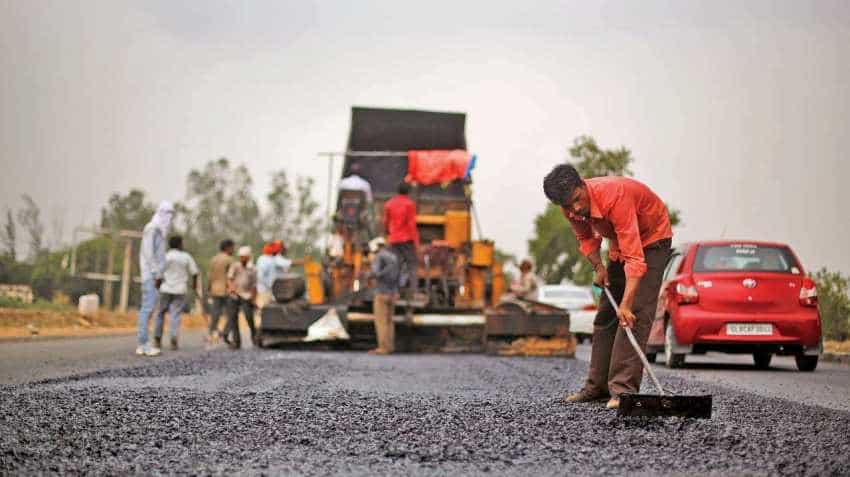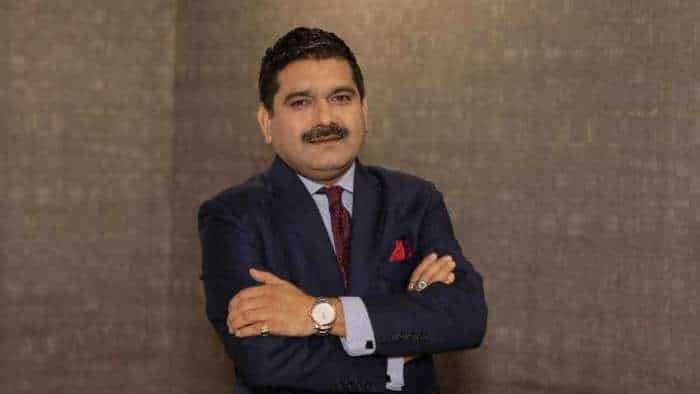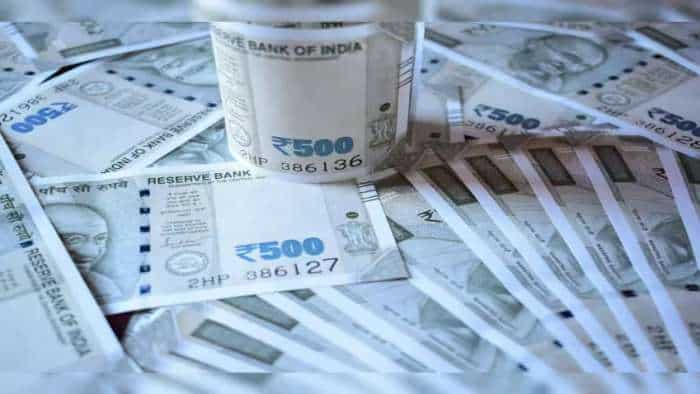Many projects under hybrid annuity model stuck; Nitin Gadkari wants banks to step up
Funding is becoming a challenging task for road developers, forcing the Minister of Road Transport & Highways Nitin Gadkari and Reserve Bank of India’s deputy governor to meet the bankers and ask them to lend money to these projects.

Is the Hybrid Annuity Model (HAM) in the road sector going through a rough patch? Possibly, yes. Already, funding is becoming a challenging task for road developers, forcing the Minister of Road Transport & Highways Nitin Gadkari and Reserve Bank of India’s deputy governor to meet the bankers and ask them to lend money to these projects.
For the starters, the HAM model is a combination of engineering, procurement and construction as well as build-operate-transfer models. Under this model, the government pays 40% of the project cost during the initial five years through annual payments (annuity) and the balance is to be invested by the private player. The developer has to get 60% of the project cost. This model helps in reducing risks involved with the project as well as reduce the funding requirement for the private players.
A fortnight ago, Gadkari, after meeting the bankers, had said, “Under HAM, there are various projects. In all, there are 104 projects valuing between Rs 1.25 lakh crore to Rs 1.50 lakh crore. Of these 104 projects, 56 projects are stuck due to want of financial closure. We want the banks to finance the projects. We met the bankers to know their problems. We assured them that whatever their issues come to us with a list and we will resolve them.”
During the meeting, Gadkari tried to convince banks to come forward and finance HAM projects. “We told them that we can provide banks with a secured Rs 5-6 lakh crore business. If we had wanted, we could have gone to NHAI and raised money from the market. We want banks to get business, as after all, they are our banks.”
It has been three years since HAM replaced the Build-Operate-Transfer (BOT) model. In 2016, there were projects worth Rs 7,700 crore under HAM, while this year it has shot up to Rs 76,500 crore, which is nearly 50% of the overall projects awarded. Going forward, HAM projects are expected to constitute 60% of the projects awarded by the National Highways Authority of India (NHAI).
With so many projects being bid by the companies in the past and many more to come to achieve the ambitious Bharatmala Programme, more problems are likely to arise, according to an expert.
“There are people who don’t know ABC of road construction and haven’t built a kilometre of road but are doing HAM project. I personally feel all the developers at the bottom will say sorry we are not going to complete this (project) any more. I have put in my 60% and you have put in your 40%, I have taken away my 10%. Please bring in a policy change, otherwise, we can’t do it,” said the expert.
Watch this Zee Business video here:
According to him, those struggling to achieve financial closure will ask the government to increase their funding by getting an amendment to the HAM policy. With the general election to be held next year, there is a possibility of the government agreeing to their plea.
However, Vikash Sharda, director, Capital Projects & Infrastructure at PricewaterhouseCoopers, has a different take. According to him, there are sufficient provisions within the concession agreement to take care of such eventualities. The first being getting an extension beyond 180 days to achieve financial closure and despite the extension, if the company fails, there would be contract termination resulting in forfeiture of bid security and re-tendering.
However, the second provision is permission to sell up to 49% stake in the project so that the bankers are more comfortable in extending finances.
For example, Welspun Enterprises has acquired a 49% stake in at least three HAM projects. The company acquired two projects - Chutmalpur-Ganeshpur and Gagalheri-Saharanpur-Yamunanagar in Uttar Pradesh - from MBL Infrastructure in July 2017 and another (Chikhali-Tarsod in Maharashtra) in January 2018 from Vishvaraj Group.
As reported by DNA Money last month, financing challenges depend on the company which has bagged the project.
Those who haven’t executed projects in the past and not having enough financial muscle will face challenges. A recent report by Crisil Ratings stated that the banks are “extremely cautious and shying away from projects not backed by experienced sponsors with strong financials. Developers with healthy financials are the ones vying for HAM projects, which is keeping bids prudent.”
“In order to avoid such an eventuality, for the future projects, the government will have to tweak Request For Qualification (RFQ) process and conditions to filter out such developers so that the right players get the projects,” said Sharda of PricewaterhouseCoopers.
The fact of heightened bidding activity under HAM is evident from the fact that the NHAI is also looking at upwardly revising their fundraising target to Rs 62,000 crore during the ongoing fiscal. It has already raised around Rs 52,000 crore in last fiscal. This is addition to the budgetary allocation of Rs 71,000 crore for FY19.
Source: DNA
Get Latest Business News, Stock Market Updates and Videos; Check your tax outgo through Income Tax Calculator and save money through our Personal Finance coverage. Check Business Breaking News Live on Zee Business Twitter and Facebook. Subscribe on YouTube.
RECOMMENDED STORIES

SBI 400-day FD vs Bank of India 400-day FD: Where will investors get higher returns on investments of Rs 4,54,545 and Rs 6,56,565?

SBI Guaranteed Return Scheme: Know how much maturity amount you will get on Rs 2 lakh, 3 lakh, and Rs 4 lakh investments under Amrit Vrishti FD scheme

Highest Senior Citizen FD rates: See what major banks like SBI, PNB, Canara Bank, HDFC Bank, BoB and ICICI Bank are providing on special fixed deposits

Top 7 Sectoral Mutual Funds With Best SIP Returns in 1 Year: No. 1 scheme has converted Rs 34,567 monthly SIP investment into Rs 5,40,565; know about others

SBI Green Rupee Deposit 2222 Days vs Canara Bank Green Deposit 2222 Days FD: What Rs 7 lakh and Rs 15 lakh investments will give to general and senior citizens; know here
11:01 AM IST









 Electricity distribution companies continue to remain a burden on state finances: RBI
Electricity distribution companies continue to remain a burden on state finances: RBI Rupee hits all-time low; RBI intervenes to curb further losses
Rupee hits all-time low; RBI intervenes to curb further losses Rupee slumps to record closing low of 84.88 vs dollar
Rupee slumps to record closing low of 84.88 vs dollar Bank stocks rally up to 2% after RBI cuts CRR to 4%
Bank stocks rally up to 2% after RBI cuts CRR to 4% RBI raises retail inflation estimate for FY25 to 4.8% amid rising food prices
RBI raises retail inflation estimate for FY25 to 4.8% amid rising food prices